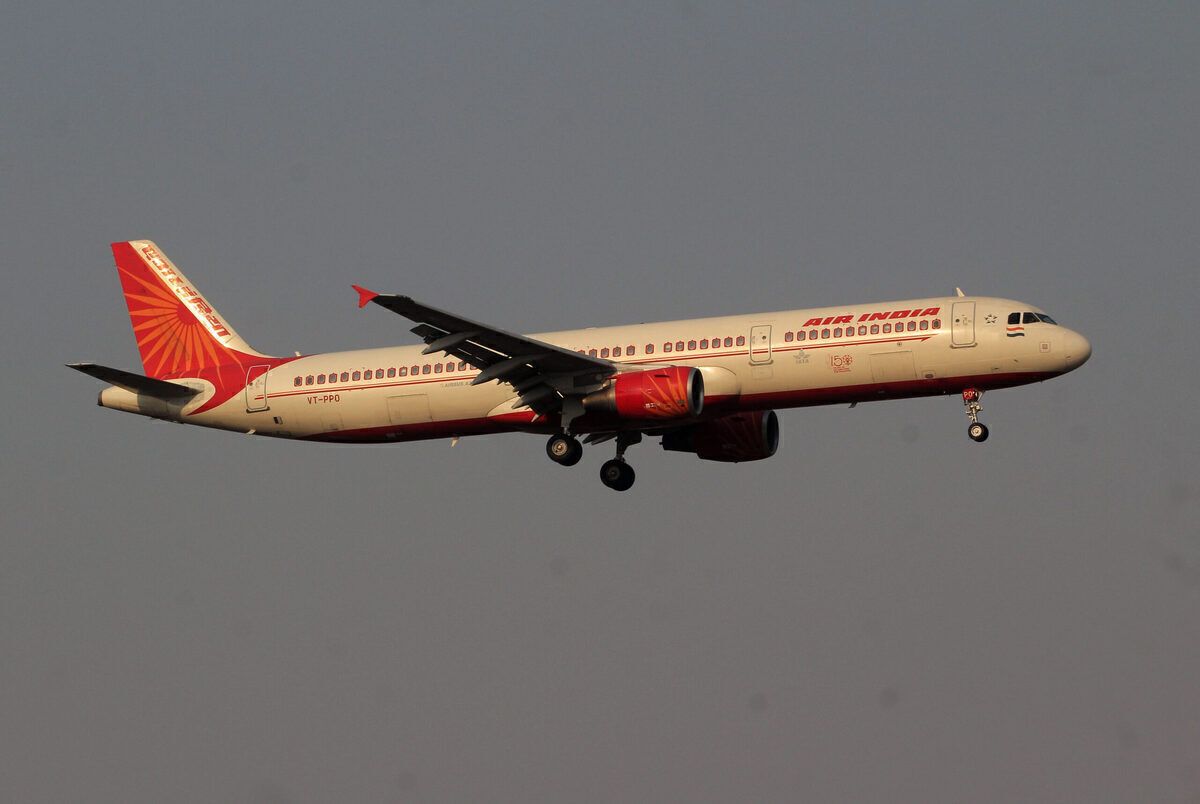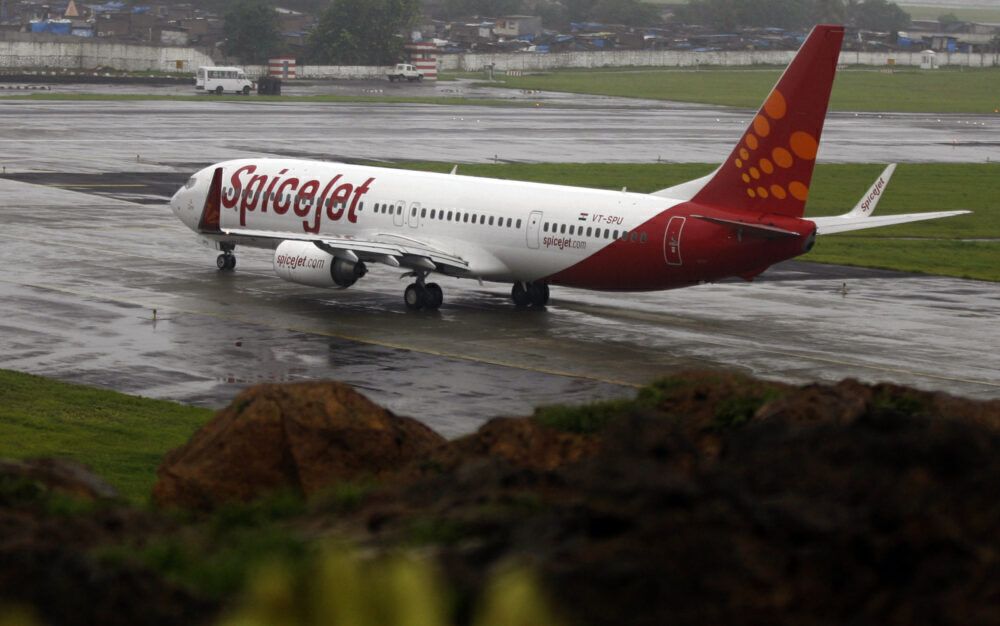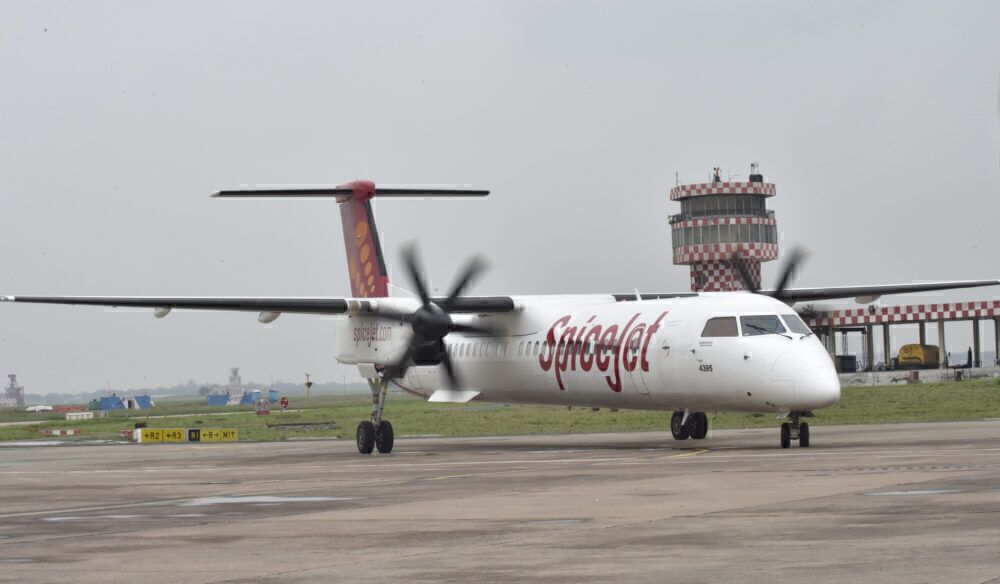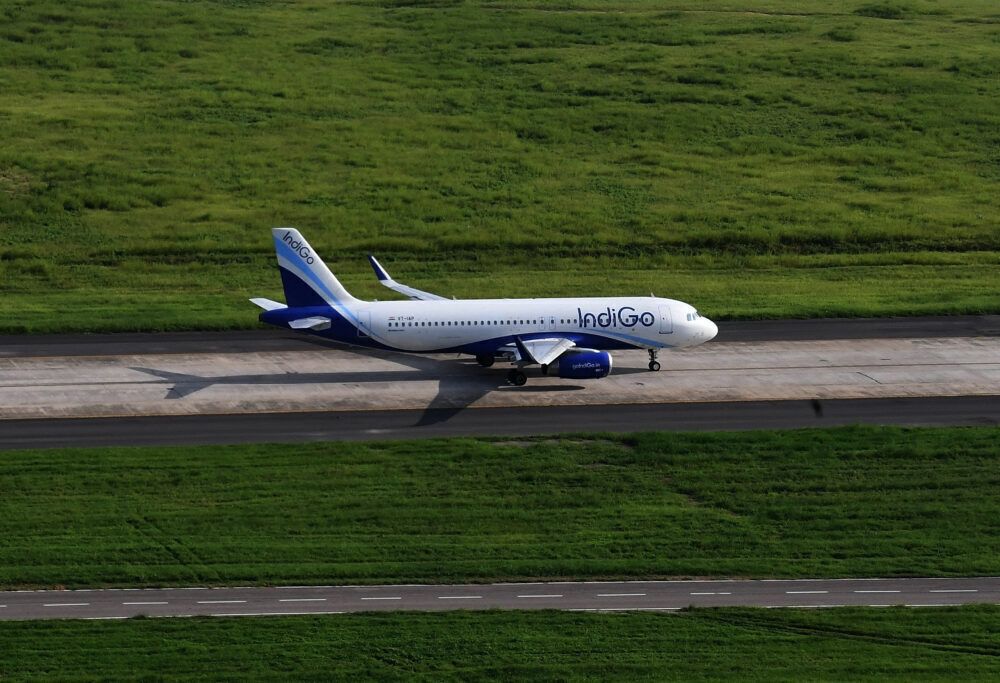As the second wave impacted traffic in May, there has been a change in the list of India's biggest airlines. Air India has officially overtaken SpiceJet to become India's second-largest airline, with a market share of over 20%. However, total capacity and passenger traffic dropped to a pandemic-era low due to the surge of cases in India.
Shuffling
According to DGCA traffic data, May saw a shuffling of airline rankings in India. While IndiGo remains the biggest airline in India, and grew its market share slightly to 55.3%, there were changes further down the list. Most notably, Air India overtook SpiceJet to become India's second-largest airline by passengers carried in May.
SpiceJet's market share slipped from 12.3% to 9.4%, while Air India's jumped from 12% to 20.3% between April and May. However, the flag carrier's increase is also due to the shrinking market share of GoAir, AirAsia India, and Vistara.
It is important to note that May is a bit of an anomaly. The start of the month saw COVID-19 cases in India reach global highs, reaching over daily 414,000 cases at the start of the month. This meant passenger traffic nosedived, as travelers were understandably scared to get on planes. In total, only 2.1 million passengers took to the skies in May 2021, down from 7.8 million in March '21.
Different story
While Air India's gains show a big jump in passengers carried, passenger load factors (PLFs) tell a different story. SpiceJet continued to have the highest load factor in May as well, at 64%. Meanwhile, Air India's PLF fell to a meager 39.3%, meaning less than 40% of its flights were full on average during the month.
This means SpiceJet's decision to cut capacity likely helped preserve cash as it tried to survive this crisis. Meanwhile, Air India continued to operate capacity and deepened its losses, which are being funded by the government for now.
GoAir had the second-highest PLF in May at 63.3%, only down from 65.7% in April, although its market share slipped to 6.5%. IndiGo's PLF slipped from 58.7% to 51.2% as it continued to fly a large part of its network and carried 1.17 million passengers.
Eye on June
Traffic data from June will shed light on whether the change in rankings was a pandemic anomaly or a permanent shift (which seems likely). While traffic has increased in recent weeks, it remains far below levels even in seen in early 2021. This means carriers continue to burn cash at a high rate and fly fewer flights.
The government has also capped flights at 50% of scheduled capacity, preventing airlines from quickly adding flights on high-demand routes. This means recovery to even 80% remains a few quarters away, while a full recovery seems out of reach until early 2022. For now, Indian airlines are more focused on saving cash and surviving the crisis than increasing their market share.
What do you think about India's aviation recovery? Will these figures hold? Let us know in the comments!




